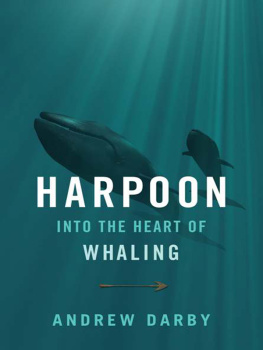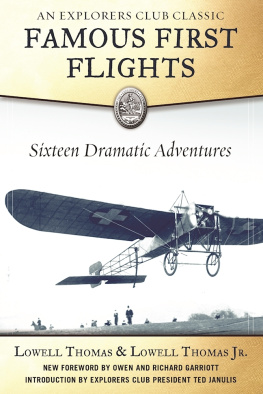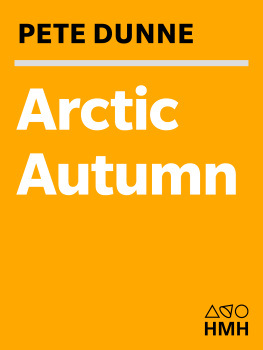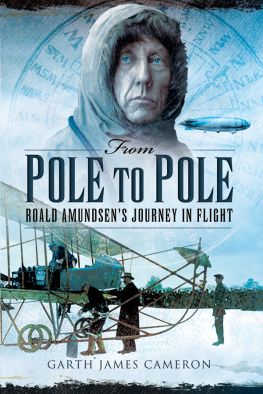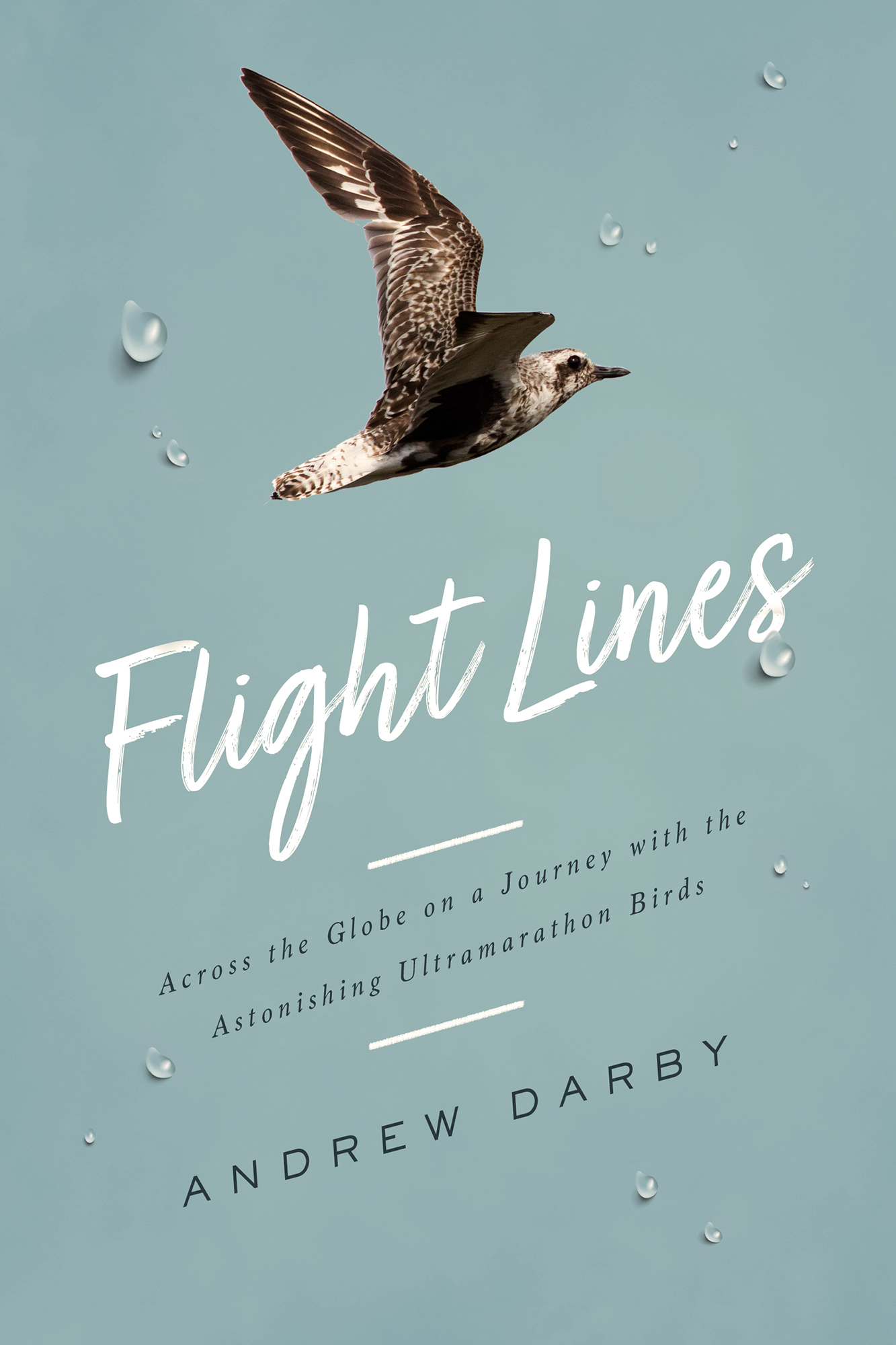Contents
Guide
For Sally Johannsohn
In memoriam
Clive Minton
19342019
For the song-men are the oral map-makers of the tribe, and the wanderings of the culture heroes are the roads across the land.
Bill Harney, Roads and Trade
I had no nation now but the imagination.
Derek Walcott, The Schooner Flight
List of maps
One Hunting on a no-good shore
Huff, huff. Im running. Pretending I am agile, stomping on mounds of wet seagrass, trying to keep my feet. Huff, huff.
Forty metres has never seemed so far. Alongside me another runner, a young woman, trips and pitches into the seaweed. I keep running. For two hours Ive waited with an instruction burning in my head: When the cannon fires, run as fast as you can to the front of the net.
Huff, huff. I reach the net. The young woman, Emilia Lai, is there before me. Shes already on her knees at the tideline. How did that happen?
Move the net up the beach, but dont lift it. The birds might escape.
Sowith experienced catchers, local coastal workers, stray birders and hangers-on like meI kneel and ease the net up out of the salt-water-and-seagrass soup.
Under the net are a few sodden grey-and-white rags of birds. So meagre. A bunch of wet tissues. Their swamped heads rise far enough for them to see us crowding around. The birds do not struggle or cry out. Their amazed eyes speak for them.
Escape? There is no escape. People around them are jubilant, high-fiving each other.
I take a breath and watch as the catchers begin to disentangle the birds from the net. Lai is head down in concentration, her right hand holds a bird and her nimble left fingers work the net away from it, feather by feather. It is popped into a linen bag and disappears before I can properly look at it.
But I know it is a Grey Plover and this, of all birds, is the one I have come to see.
When its over, I ask Lai, reserved and slight, why she has come all the way from Taiwan to do this.
I fell in love with shorebirds from the first time, she says. Because they are so tiny, and so strong. She pumps her fist.
Ive come to Thompson Beach, north of Adelaide in South Australia, to see these birds that are part of a group called migratory shorebirds. I am looking for the little-known and exotic.
I had half a memory of something I may have seen when young; of a strange curve-billed bird standing on a sand-spit across the other side of a lagoon mouth. It has stayed on the rim of my mind ever since.
In talk with friends I keep disentangling them from other birds. Theyre not seabirds; theyre shorebirds. People also call them waders. They dont feed at sea, or rest on the water like gulls or shearwaters. Many dont even float. Shorebirds scurry along tidelines of ocean beaches, theyre the spindly stalkers of mudflats, the still and watchful birds of wetlands. Birds of an ephemeral, marginal world.
Their daily rhythm is driven by the tide. They are constant in their connection to itfor the food it exposes, or conceals. Many shorebirds are resident on coasts and wetlands. Migratory shorebirds are fleeting visitors, and often have a global domain. Some are born in the far Arctic north, and they migrate each year to escape impossible cold, bound to return there to breed. They routinely cross hemispheres.
We might expect glamour in such birds. Mostly they do it humbly. You have to look twice to distinguish them from mud or seaweed, and they are often out there, away from people. Waders typically are the grey birds that live far from the spectacle of human cause, human glory and human misery, said the Dutch ornithologist, Theunis Piersma.
The greyest of these is the Grey Plovera dovish wallflower at the shorebird dance. It spreads thinly around the worlds margins and is often overlooked, not just by people who dont know shorebirds, but by those who do. For many its a second-choice bird, and for that reason it interests me. In life there are many surprises to be found among the overlooked.
As well as the bird, I am out to discover shorebird study itself. I think it might stand as a beacon of the grind that makes good science; the kind to power biodiversity protection. This, at a time when its often easier for the frightened to deny what science plainly tells us about our earth. So I am freighting this small, unknown bird with hope.
The first Grey Plover I glimpse on the shore of Thompson Beach stands taller among a group of sandpipers, and it has seen me. I get a quick look at a short-billed head, different in profile from the little long-bills around it. Even as I begin to emerge from the scrub its gone. So fast! I keep track of it to a landing away in the distance, off the edge of a sandbar. It stands in water up to its knees, alone and dismissive, like Peter Pan on Marooners Rock. I am intrigued.
Until recently the word plover has mainly meant to me a noisy, common bird that is not very bright: a lapwing. The Masked Lapwing and its many relatives around the world have adapted well to living with people. On grass near my home, dozens gather to stand and study the ground, as if they are looking for the same lost car key. Pairs sometimes try to nest in our garden, and all of them willingly rasp out a grating alarm call.
Masked Lapwings do not push migratory boundaries. They might move from drying inlands to wetter coasts, but most live near where they were born, spreading out to claim nesting territories. I have seen lapwings collect in a protest vigil on a piece of new highway that was previously their ground. Ive watched heart-in-mouth as newborn chicks try to follow their calling parents off a city traffic island. And I admit to waving a rake to discourage them from setting up their territory in mine. They are odd birds, but really, they are not so much plovers. Think of the lapwing as the gateway bird.
Lapwings are related to the Grey Plover the way that great apes are related to us. Truly but, we like to think, distantly. Both birds are from the family Charadriidae (waders or shorebirds); but the 25 global lapwings live in the sub-family Vanellinae, while the Grey Plover is in the parallel sub-family Charadriinae, and is one of just four species that make up the genus Pluvialis, the rainbirds.
The Grey Plover is Pluvialis squatarola, the snub-faced rainbirdanother claim against it. Its three closest relativesthe Eurasian, Pacific and American Goldensform with it an exclusive group called the tundra plovers.
To birders, a Grey Plover can quickly be distinguished in flight among a mixed flock of shorebirds because its the one with the sweaty armpits. These are its black-feathered wing-pits, visible in flight. In Americasdefiantly from the rest of the worldit is called the Black-bellied Plover.
For a second-choice bird it is held in curious regard. Its one of a handful of birds on the cover of the global standard text, Shorebirds: An identification guide. It turns up as the single bird chosen for wader study groups own logos. It has a strong, historic place among the bird-hunting fraternity of the American south. At an auction in 2006, a world-record price of US$830,000, was paid for a wooden carved hunting decoy described as Black-bellied Plover in Spring Plumage. The work is a flowing sculptural miniature, like something the great Henry Moore might have shaped as a maquette. The bird bends over and looks down to persuade others flying past that theres food below, within range of a shooter.


